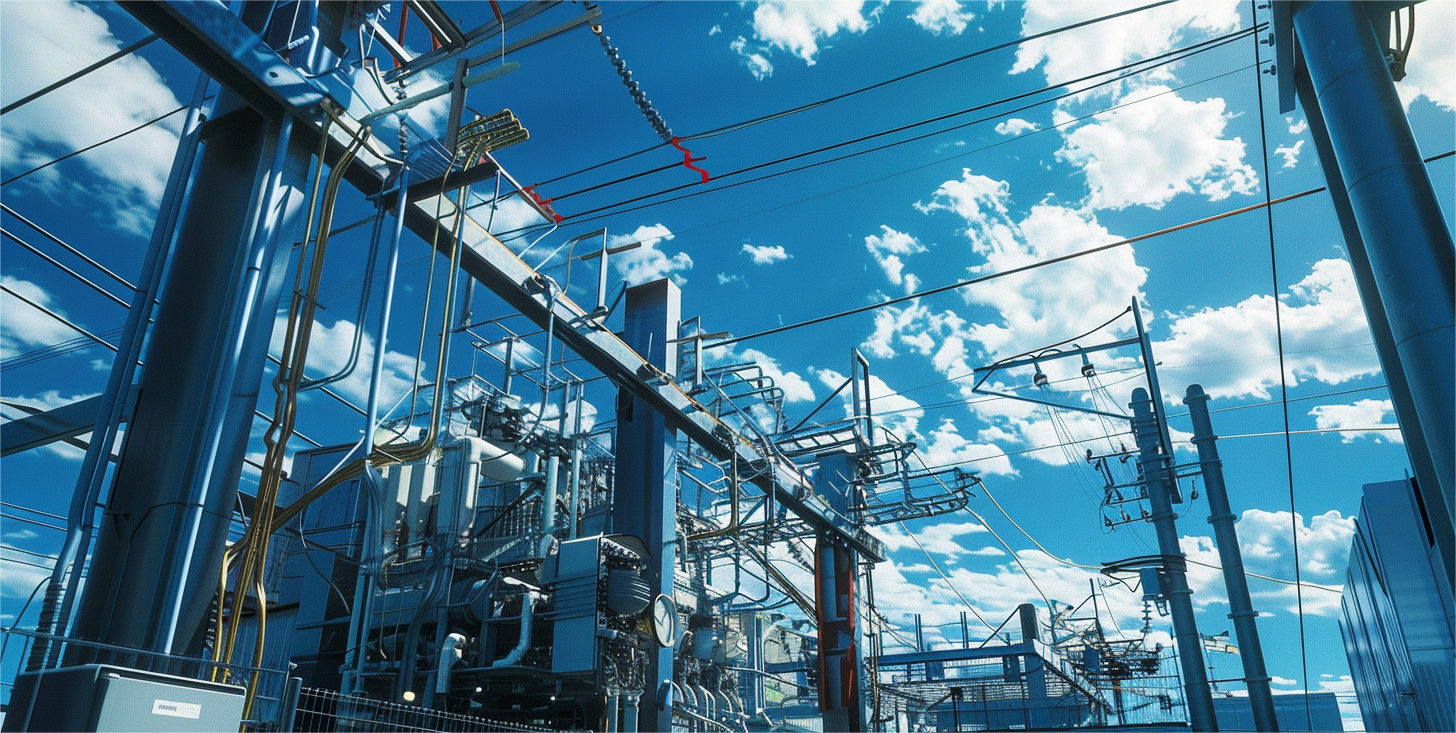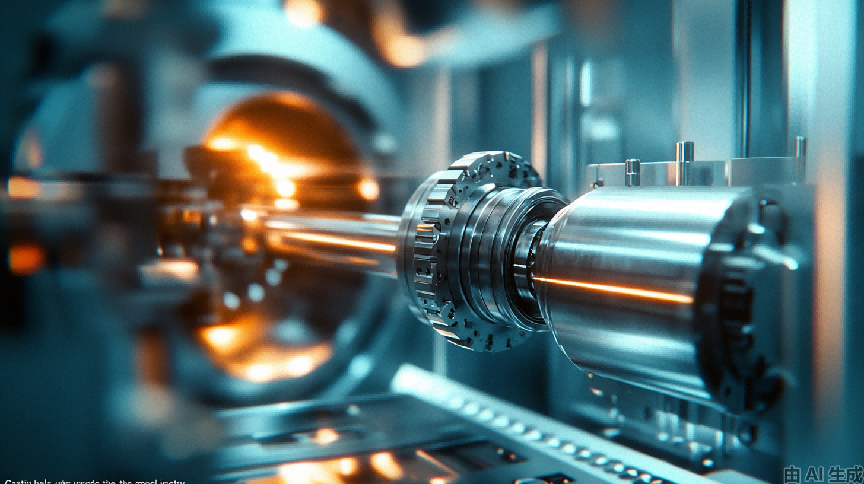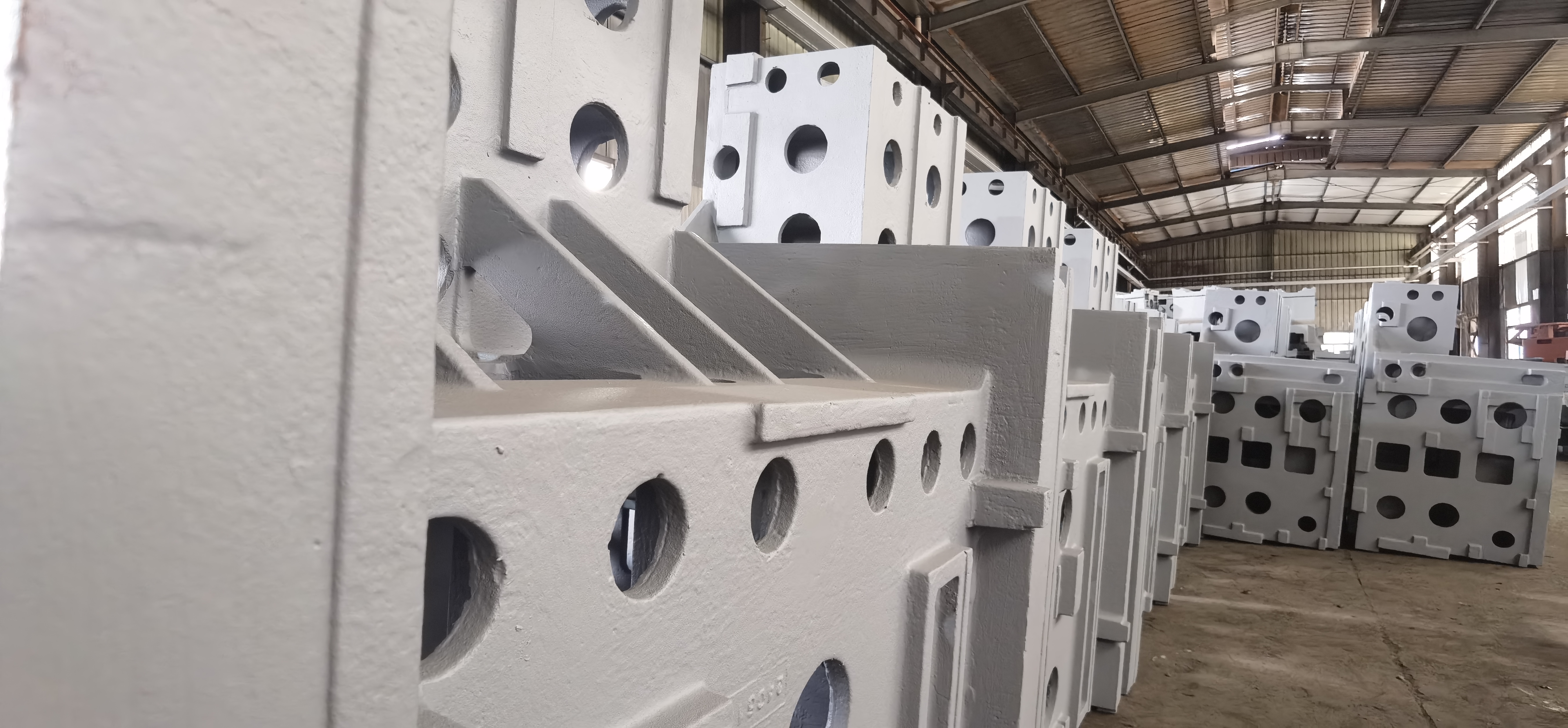Learn more
What are the reasons for the surface depression of ductile iron
Time: 2024-09-10Source: View: 166
There are many reasons for the surface depression of ductile iron castings (i.e. ductile iron castings), mainly including the following aspects:
1. Improper pouring temperature
· Temperature is too high: When the pouring temperature is too high, the surface tension of the molten iron will increase, causing liquid flow turbulence and the gas to be difficult to be discharged, thus causing surface depression.
· Temperature is too low: If the pouring temperature is too low, the molten iron will not flow smoothly, which will easily cause gas to accumulate and form voids, resulting in surface depressions.
2. Alloy element content
Improper types and amounts of alloying elements added to ductile iron can also cause surface depressions. For example:
· Excessive magnesium levels: Too high a magnesium content will cause the molten iron to become dense, with poor fluidity and prone to dents.
· Too much titanium, zirconium and other elements: Too much of these elements will also make the molten iron thicker and accumulate gas during solidification, forming depressions.
3. Unreasonable mold design
Unreasonable mold structure design is also one of the common reasons for the surface depression of ductile iron castings. The specific manifestations are:
· Improper edge angle design: If the edge angle designed in the mold is too small or too large, it may affect the flow and solidification process of molten iron, resulting in the formation of depressions.
· The connection mold is not strong: If the mold connection part is not firm, it may also deform or shift during the pouring process, thus affecting the quality of the casting surface.
4. Pouring speed is too fast
High-speed injection of molten iron will produce strong shear force, further aggravating the formation of surface depressions. Therefore, excessive pouring speed should be avoided during the pouring process.
5. Insufficient Cooling Time
Shortening the cooling time may also cause depressions on the surface of ductile iron castings. This is because if the cooling time is too short, the gas inside the casting may not be completely discharged or solidified insufficiently, thus forming depressions.
6. The composition of the original molten iron
· High sulfur content: Too high sulfur content in the raw iron liquid will affect the spheroidization effect, increase the tendency of shrinkage cavities and shrinkage, and may cause surface depression.
· Excessive amount of anti-spheroidizing elements: Excessive amounts of elements such as phosphorus and titanium can also interfere with the spheroidization process and increase the risk of shrinkage cavities and porosity.
7. Casting structure and wall thickness changes
· Complex casting structure: Complex casting structure may cause uneven shrinkage and stress distribution of molten iron during solidification, thus forming depressions.
· Large variations in wall thickness: Large changes in casting wall thickness will also affect the flow and solidification process of molten iron, increasing the risk of sinking.
-
Walking into the Casteks casting factory , they actually do these2024-09-12
-
Casting helps upgrade the "heart" of industry - what has Casteks done for the development of Suzhou's industrial mother machine industry?2024-09-05
-
Warm congratulations to STK Technology (Jiangsu) Co., Ltd. for being included in the second batch of "Standardized Conditions for Foundry Enterprises" list of qualified enterprises of China Foundry Association2024-09-03
-
Casteks Metal Technology (Jiangsu) Co., Ltd. officially joined the Jiangsu Foundry Association2024-08-22
-
Casting Observation: Why did the Japanese electrical giant choose Casteks? Three core advantages lay the foundation for cooperation2024-08-22



